Podcasting Equipment That Doesn’t Suck.
Best Podcast Equipment in 2025: Beginner to Pro Setups (Updated)
A fast, no-fluff guide to the exact podcast gear you need—organized by budget, experience level, and use case. Compare setups at a glance, then dive deeper with pro tips and recommended picks.

Best Podcast Equipment in 2025 (Quick Comparison)
| Setup | Core Mic | Interface/Recorder | Who It’s For | Buy |
|---|---|---|---|---|
| Starter (Under $150) | Samson Q2U (USB/XLR) | Direct USB (upgrade to XLR later) | Beginners, portable, simple | View on Amazon → |
| Prosumer ($400–$600) | Shure SM58 (XLR) | MOTU M2 / SSL 2 / Audient EVO 4 | Upgrade path, cleaner preamps | See full build → |
| Pro Studio ($800+) | Shure SM7B (XLR) | Zoom H6 + FetHead | Broadcast tone, multi-use | See full build → |
The Foundation: 2 Essentials for Every Serious Podcaster
Before you pick a mic, two upgrades improve audio more than anything else: accurate monitoring and a treated room.
1) Hear Everything: Studio Monitor Headphones
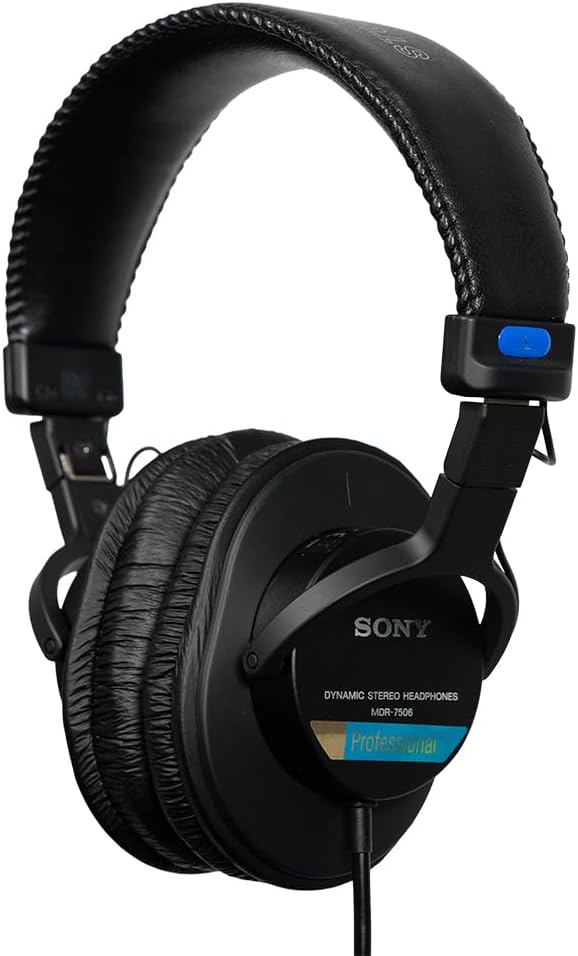
- Why they matter: Flat, accurate sound reveals pops, hums, and room issues that consumer headphones hide.
- For co-hosts/guests: Get extra pairs and a small headphone amp so everyone monitors comfortably.
Pro Tip: See why we recommend the MDR-7506 here. Live monitoring catches problems before they ruin a take.
2) Tame Your Room: Acoustic Treatment
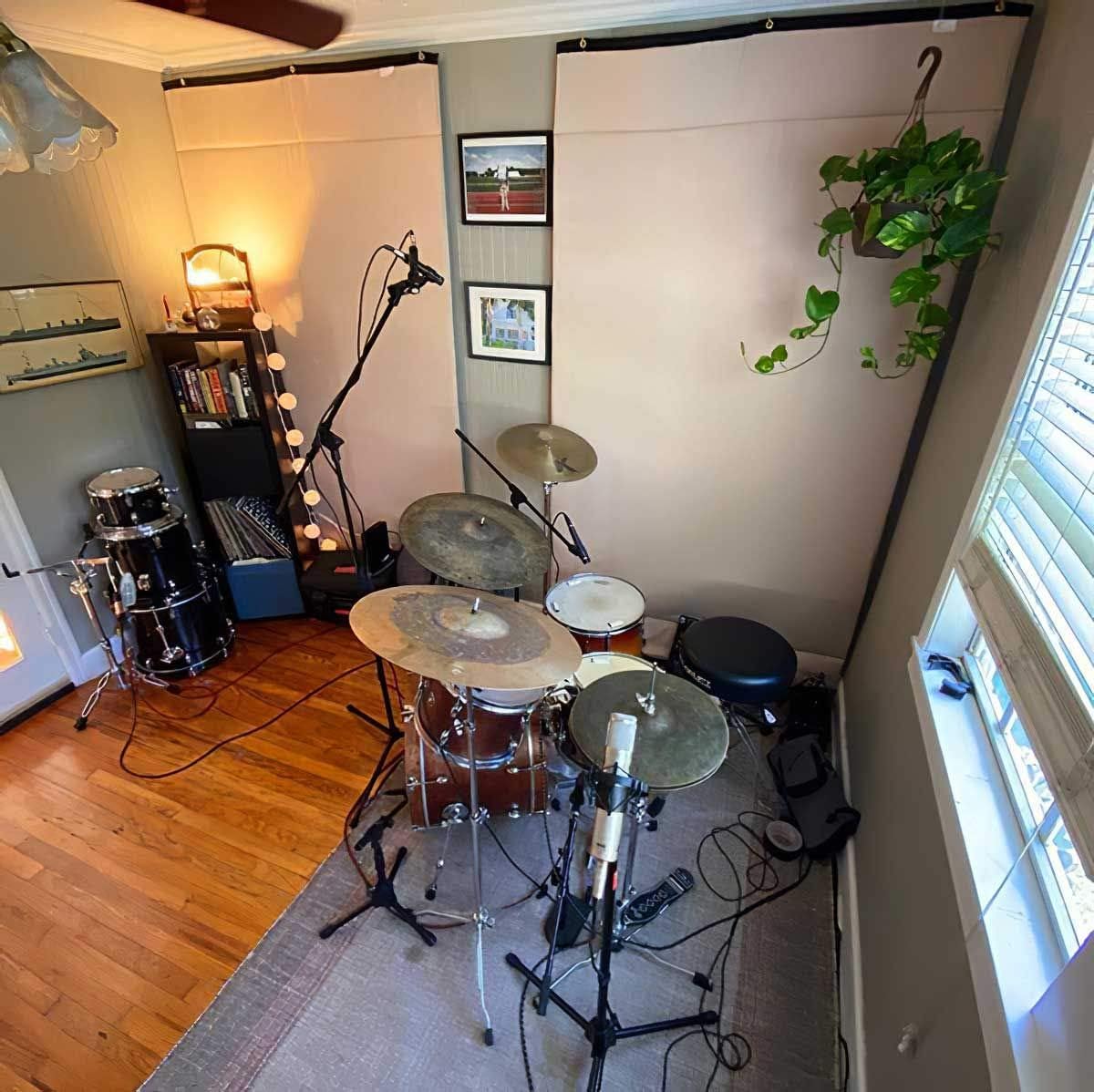
- Why it’s non-negotiable: Absorbs echo and reflections so your mic hears your voice—not your room.
- Real-world note: Six 2’×4’ panels can transform a normal office/guest room into a clean recording space.
Pro Tip: Treating your space often beats buying a more expensive mic.
Tier 1: The Starter Kit (Under $150) — Great Sound, Simple Setup
Perfect for first-timers or a compact travel rig. Start on USB, upgrade later via XLR.
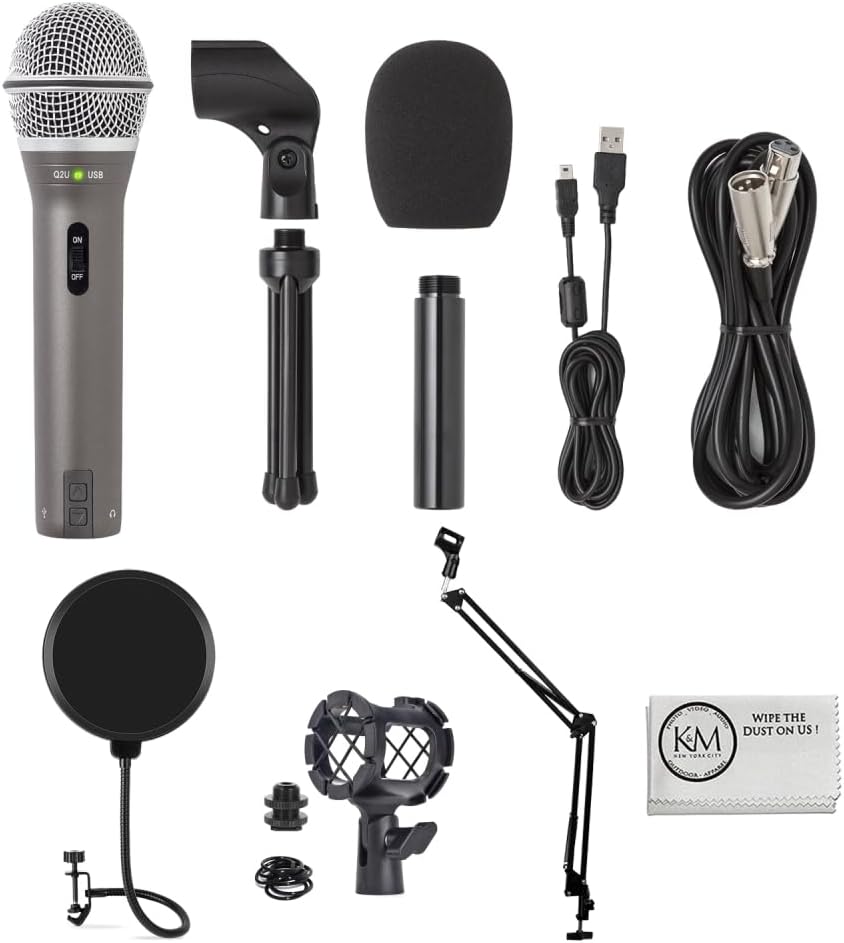
- Why it’s great: True plug-and-play via USB with a clear upgrade path to XLR.
- What’s included: Mic, desk stand, XLR cable, USB cable. Add a pop filter for best results.
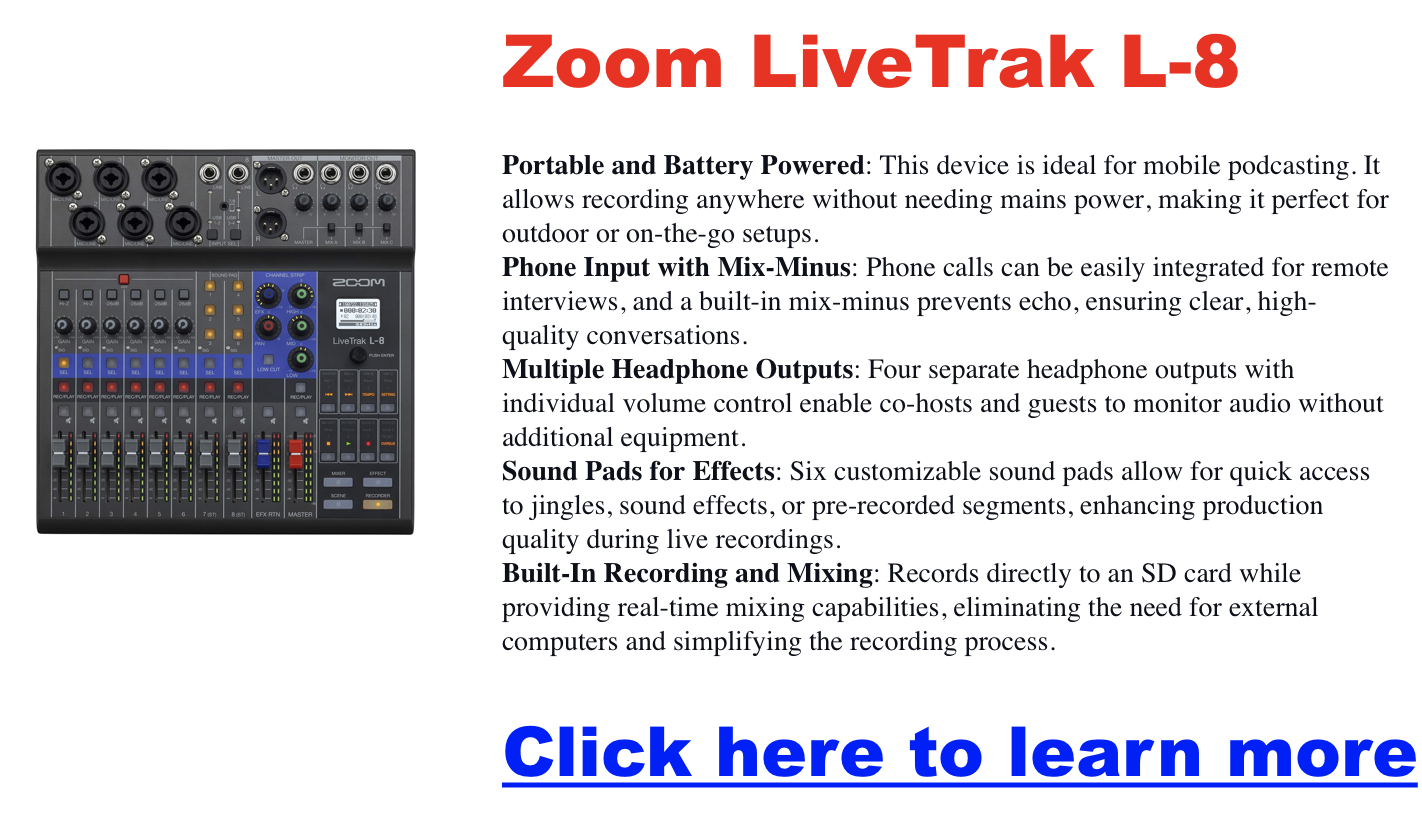
Tier 2: The Prosumer Rig ($400–$600) — The Sweet Spot
Step into XLR clarity with cleaner preamps, better headroom, and room to grow.

- Why it’s a workhorse: Durable, forgiving, and excellent off-axis rejection for imperfect rooms.
Audio Interface Options
- MOTU M2, SSL 2, or Audient EVO 4
- Why you need one: Clean preamps + proper conversion = lower noise and better tone than budget mixers/USB mics.
Tier 3: The Professional Studio ($800+) — Broadcast-Ready
When you want the warm, present “radio” sound and flexible studio/field workflows.
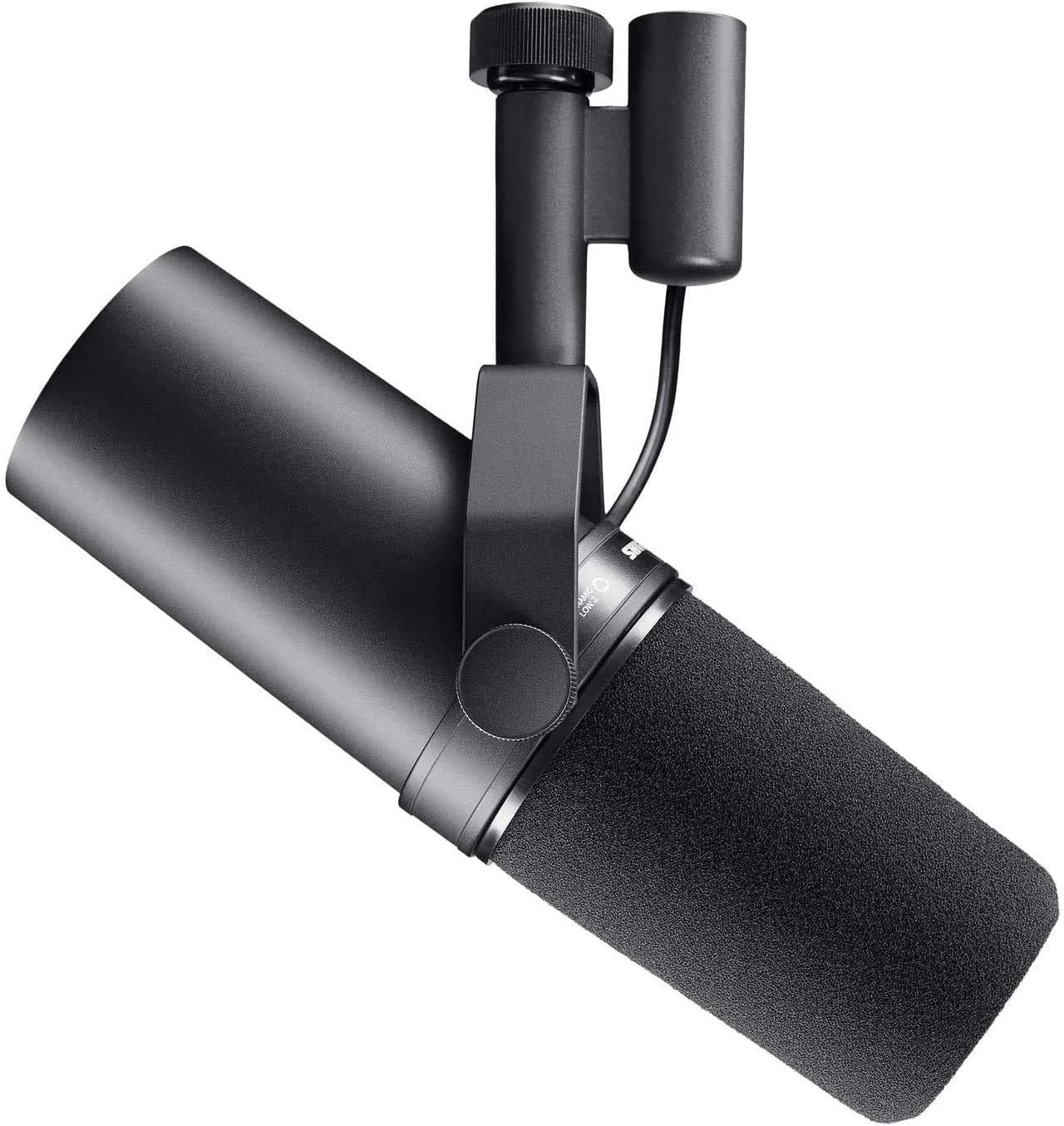
- Why it’s iconic: Polished, full-bodied tone with superb background rejection.
- Gain alert: Needs more clean gain than most dynamics.
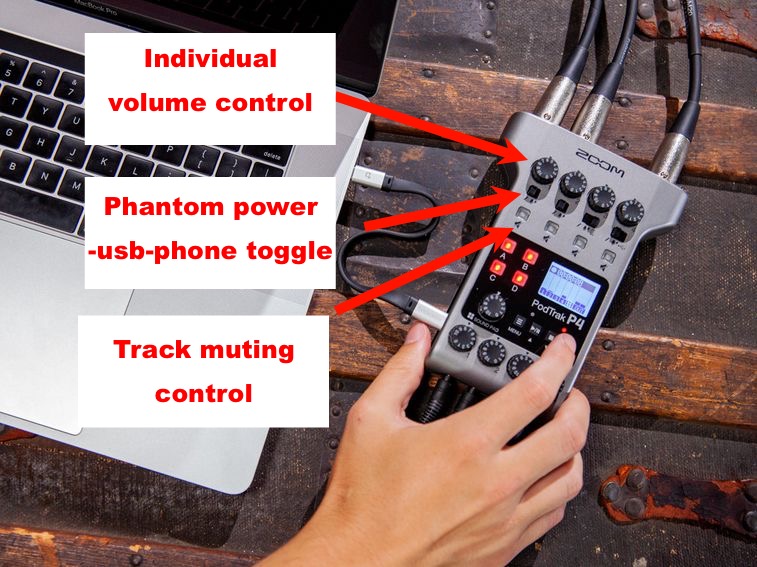
- Why it’s a powerhouse: Field recorder + desktop interface with low-noise preamps and SD backup.
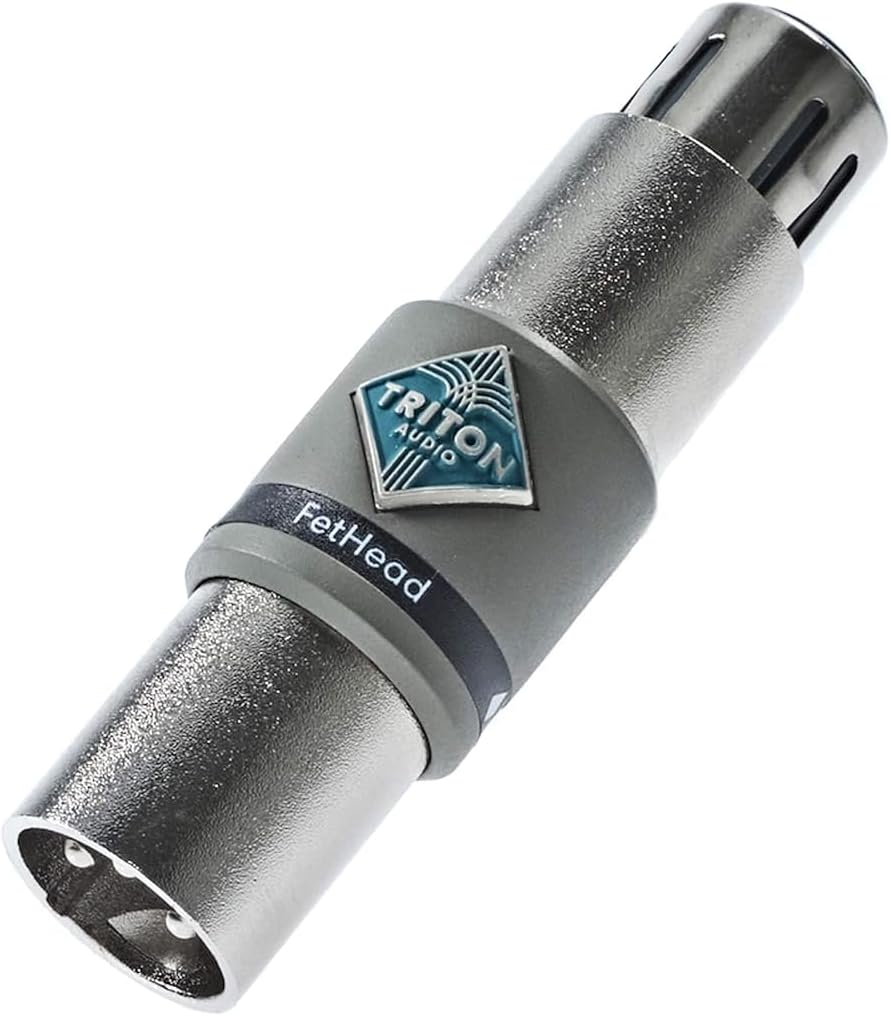
- Why you need it: Adds clean gain so you don’t crank noisy interface preamps. Alternatives: Cloudlifter CL-1, Triton BigAmp.
Don’t Forget Video: Cameras for Modern Podcasting
Video boosts discoverability on YouTube and engagement everywhere. See our podcasting camera deep dive.
- Webcams (Budget): Logitech Brio 4K.
Pro Tip: Recording via computer? Use a capture card to prevent stutter. Best capture cards.
- DSLR/Mirrorless (Cinematic): Sony A6400, Canon EOS M50 Mark II, Canon R5 Mark II.
- Camcorders (Long-form): Panasonic HC-V770.
- Action Cameras (Compact): GoPro HERO13 Black.
- Smartphones (Capable): iPhone 16 Pro.
Additional Gear for Specific Needs
- Shure SM93 Lavalier Microphones — Discreet, hands-free for on-location interviews; clearer than room mics.
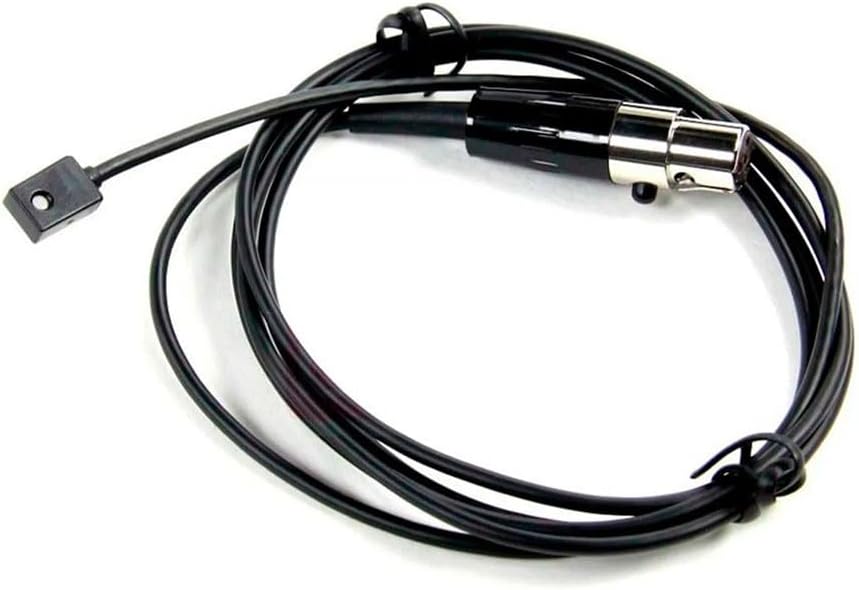
- Audio-Technica BPHS1 Headset Mic — Broadcast-quality headphones + dynamic boom mic (XLR) for live or commentary.
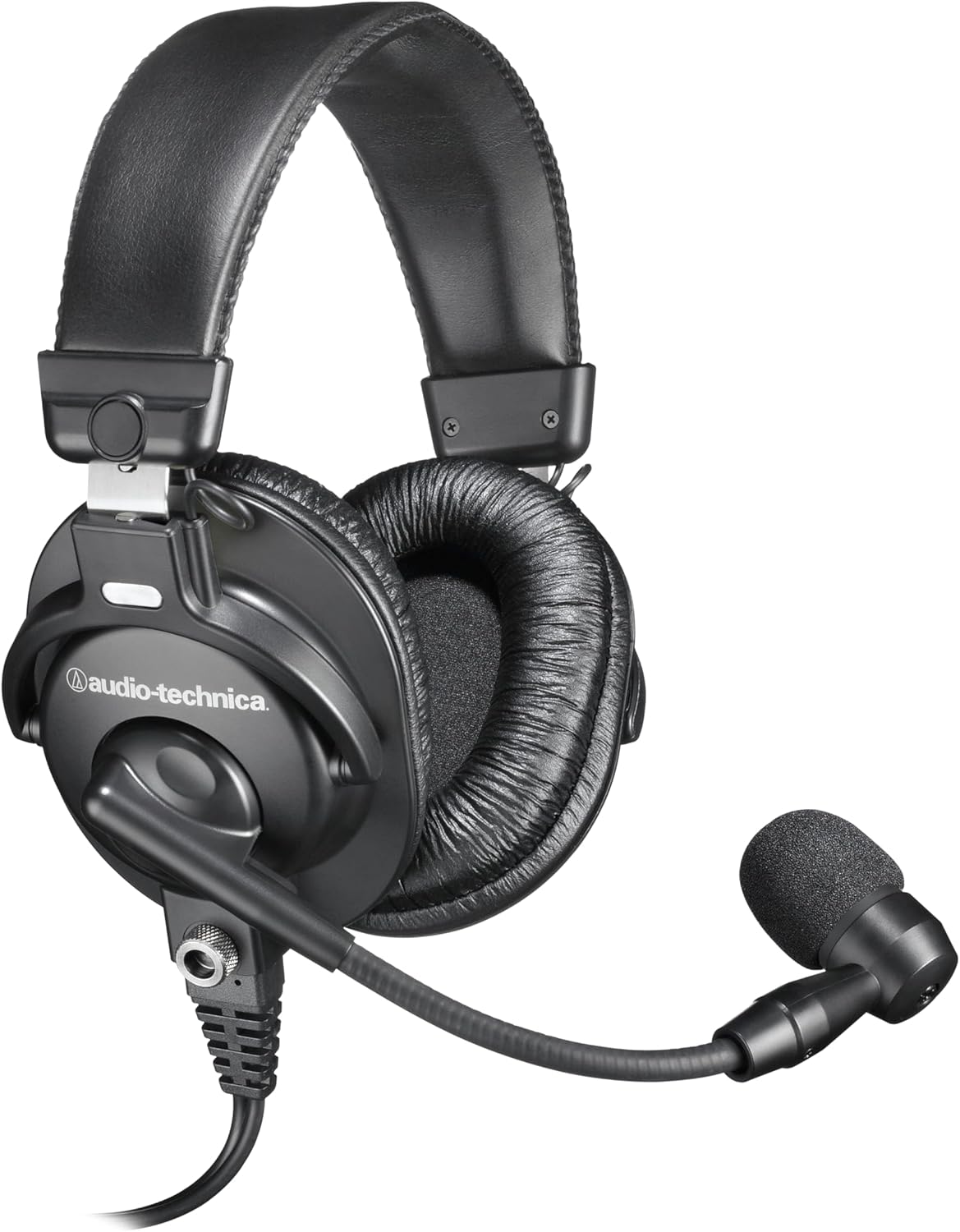
Ready to Build Your Setup?
Choose Your Gear: Still undecided? Try our interactive equipment picker for a personalized recommendation.
Explore More Guides: Deep dives on podcasting cameras, microphones, mixers, and studio lighting.
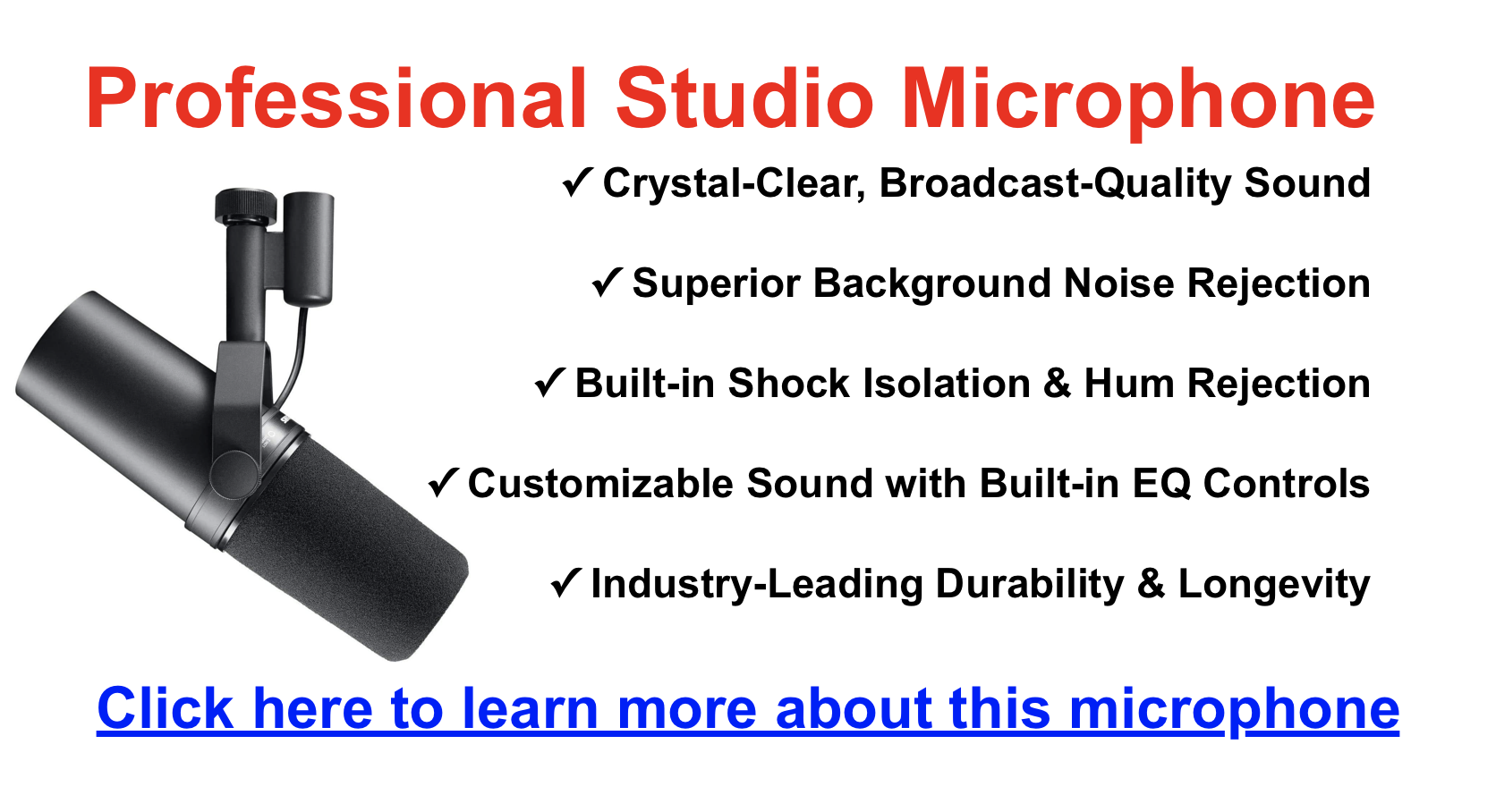
Monetize Your Show: Get our FREE monetization guide—sent instantly.
Podcast Equipment FAQ
What equipment do I need to start a podcast?
At minimum: a dynamic mic (USB or XLR), closed-back headphones, and recording software. Treating your room and monitoring live dramatically improve results.
USB vs XLR—what’s better?
USB is simplest for beginners. XLR with a quality interface delivers cleaner preamps, more control, and an easier upgrade path.
Do I need a mixer?
Not for most solo/remote shows. An audio interface (e.g., MOTU M2/SSL 2/Audient EVO 4) is quieter and easier. Mixers help with multiple in-room mics and routing.
Why is room treatment so important?
Untreated rooms cause echo and harshness that no mic can fix. Basic panels make even budget mics sound pro.